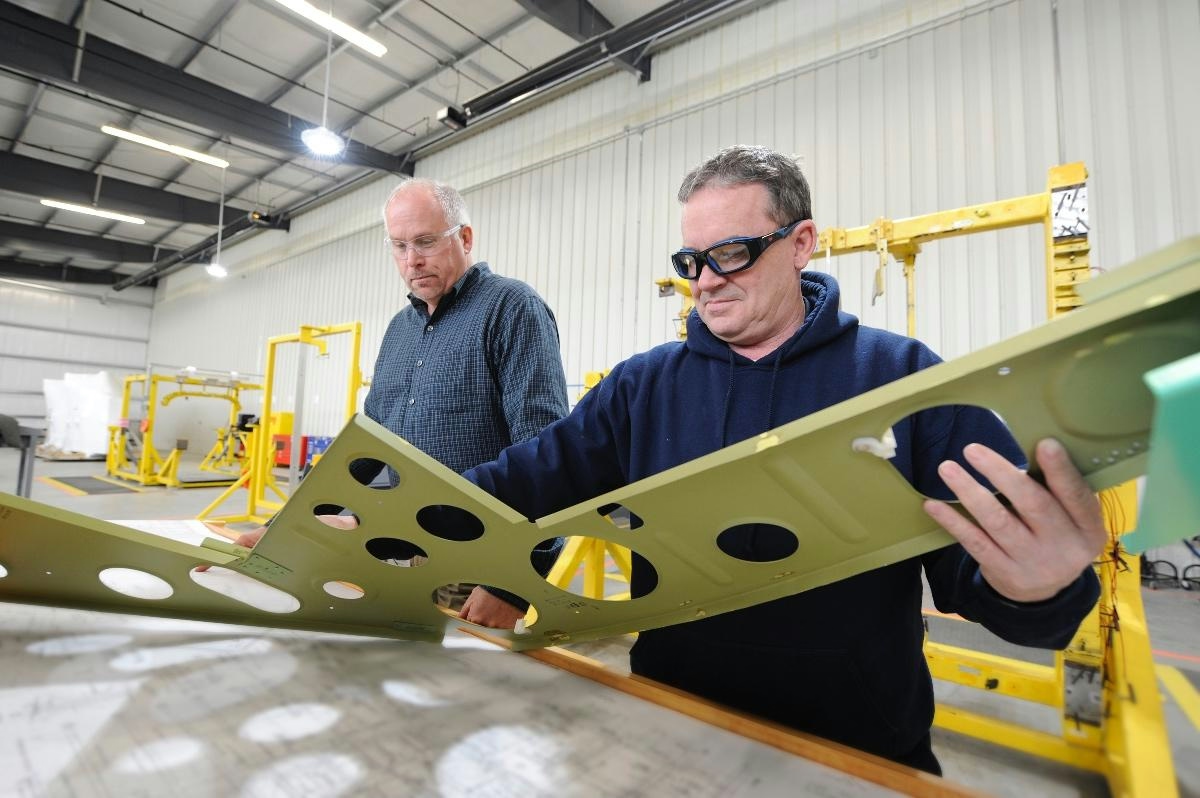
AeroGenie — 您的智能副驾驶。
热门趋势
Categories
Boeing Increases 737 MAX Production Amid Airbus Delivery Challenges
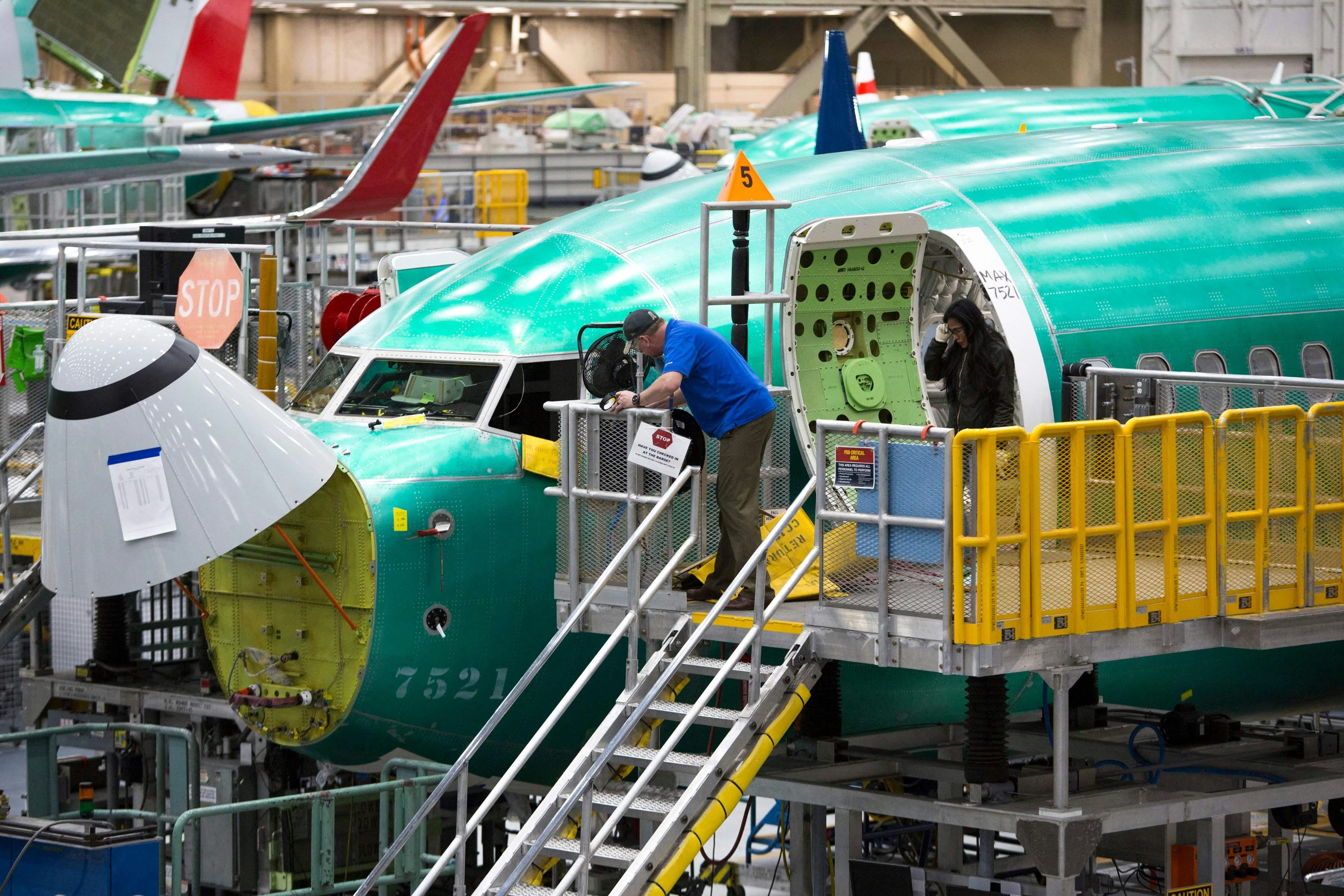
Boeing Increases 737 MAX Production Amid Airbus Delivery Challenges
Boeing has announced a significant increase in the production rate of its 737 MAX aircraft, raising output to 42 units per month. This decision follows the Federal Aviation Administration’s (FAA) recent removal of previous production restrictions, a development that has been positively received by the market and contributed to a notable rise in Boeing’s stock price.
Strategic Response to Market Dynamics
The production ramp-up occurs at a pivotal moment for Boeing, as its primary competitor, Airbus, continues to encounter delivery challenges. Airbus’s A320 family recently overtook the Boeing 737 as the most-delivered aircraft in history, highlighting the fierce competition within the commercial aviation sector. By accelerating 737 MAX production, Boeing aims to reinforce its market position and address strong demand, particularly from airlines seeking to modernize their fleets with more efficient aircraft.
Industry analysts emphasize that while the FAA’s approval grants Boeing greater operational flexibility, the company must carefully balance increased production rates with the need to maintain stability and safety. The aerospace industry has been under intense scrutiny in recent years, and Boeing’s capacity to uphold rigorous quality control standards will remain under close observation by regulators and customers alike.
Renewed Confidence and Future Outlook
The decision to boost output is further supported by a surge in new orders, reflecting renewed confidence in the 737 MAX program. Boeing’s move is widely viewed as a strategic effort to recover momentum lost during earlier production slowdowns and to capitalize on favorable market conditions in the commercial aircraft sector.
As Boeing advances this production increase, its performance will serve as a critical measure of its ability to compete effectively with Airbus and meet the evolving demands of the global aviation industry. The coming months will be crucial as the company strives to balance accelerated manufacturing with the imperative of maintaining safety and reliability across its fleet.
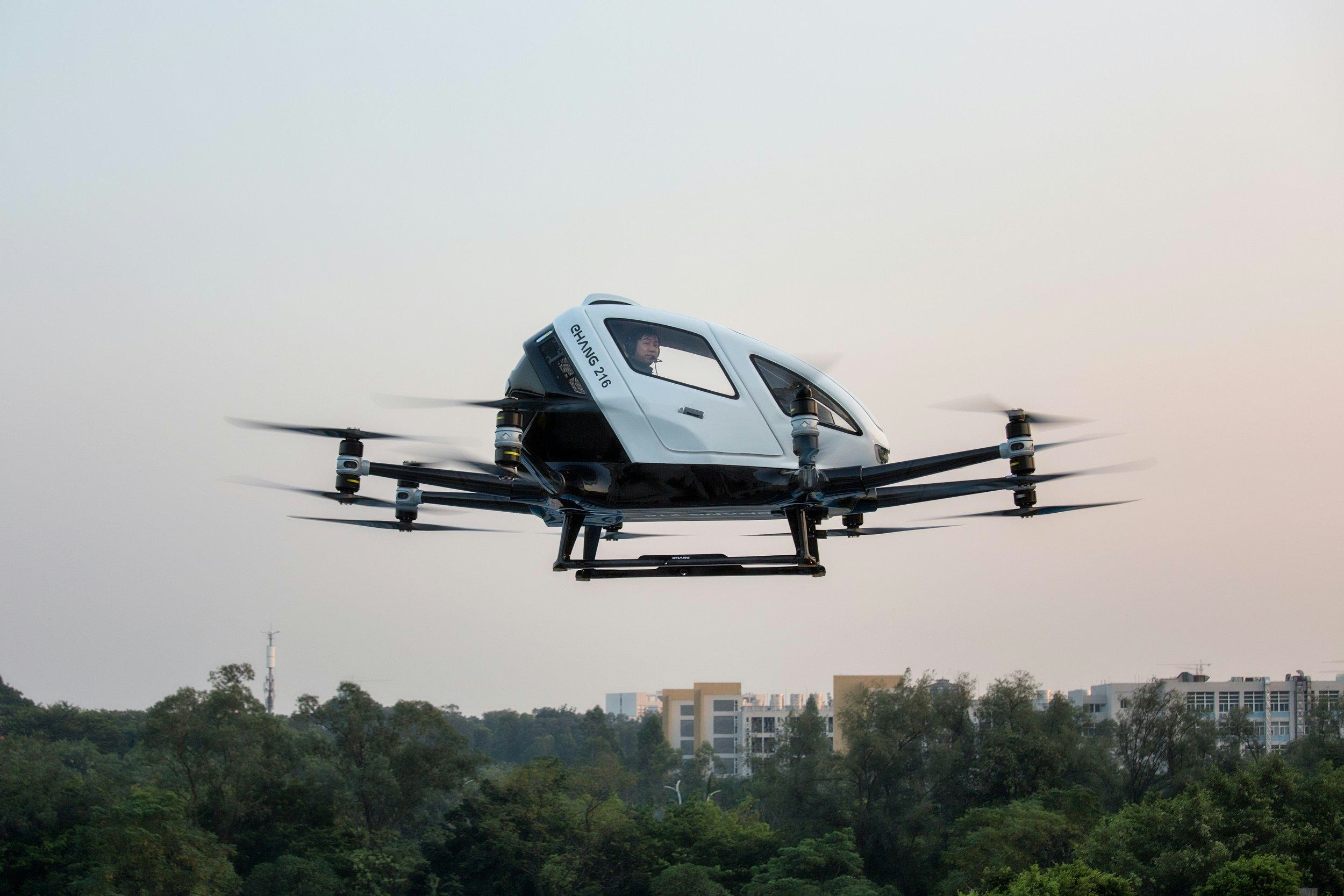
Sarawak showcases aviation vision at International Civil Aviation Forum in Shanghai
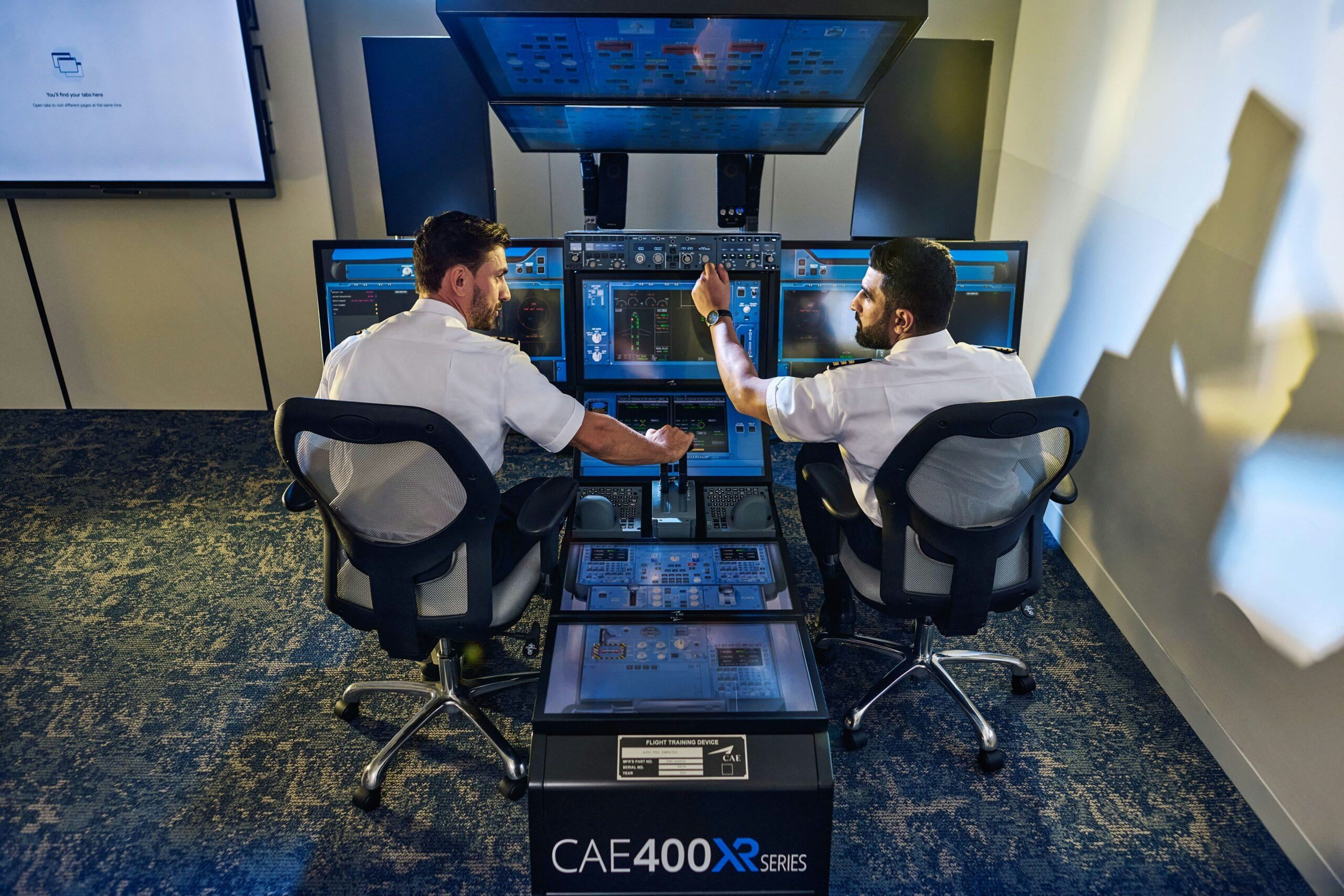
Dubai Hosts Largest Aerospace Innovation Event to Boost Tourism and Business Travel
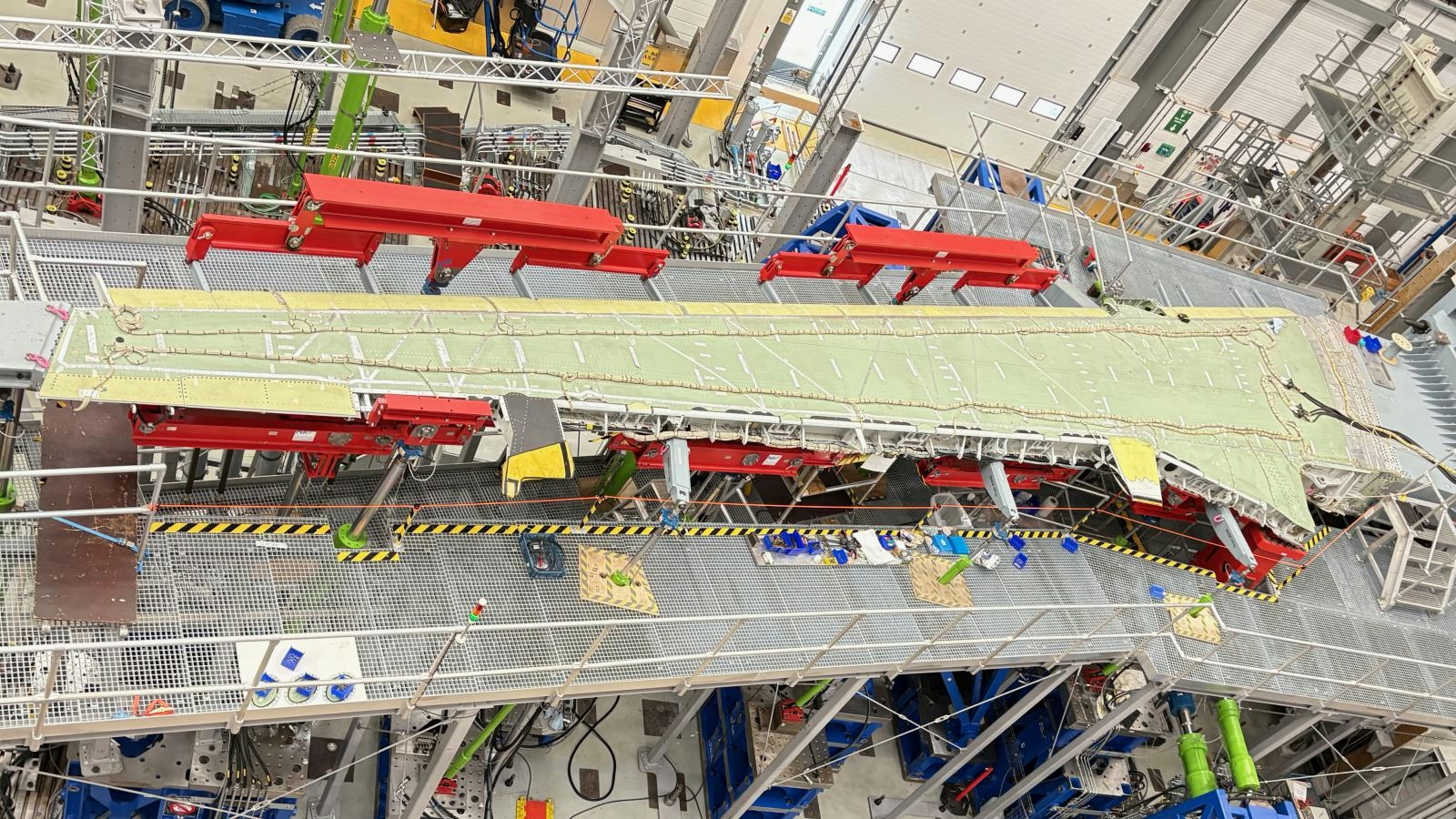
Vietjet Orders 100 Airbus Aircraft and 92 Rolls-Royce Engines in Billion-Dollar Deal
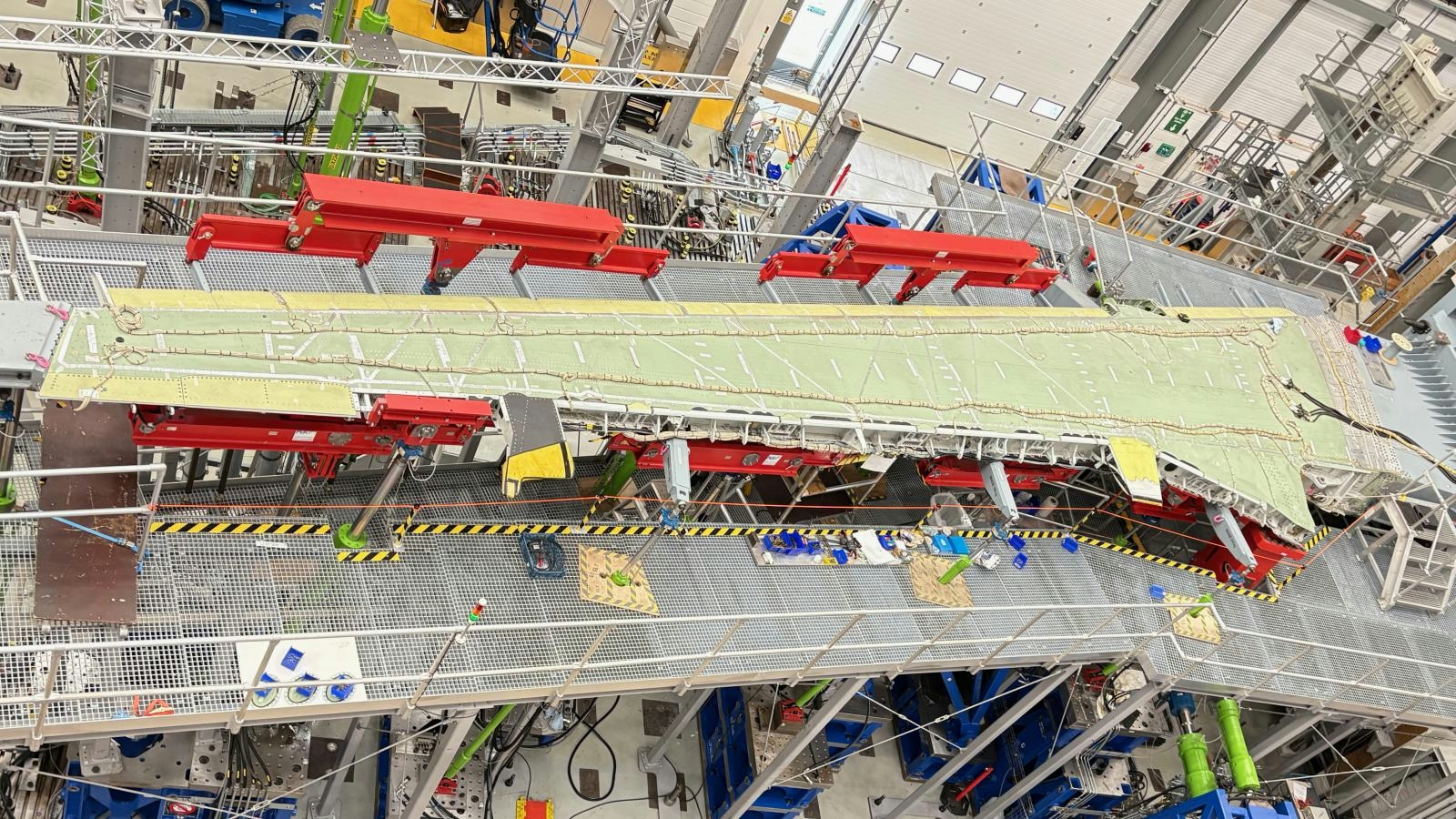
Vietjet Orders 100 Airbus Aircraft and 92 Rolls-Royce Engines
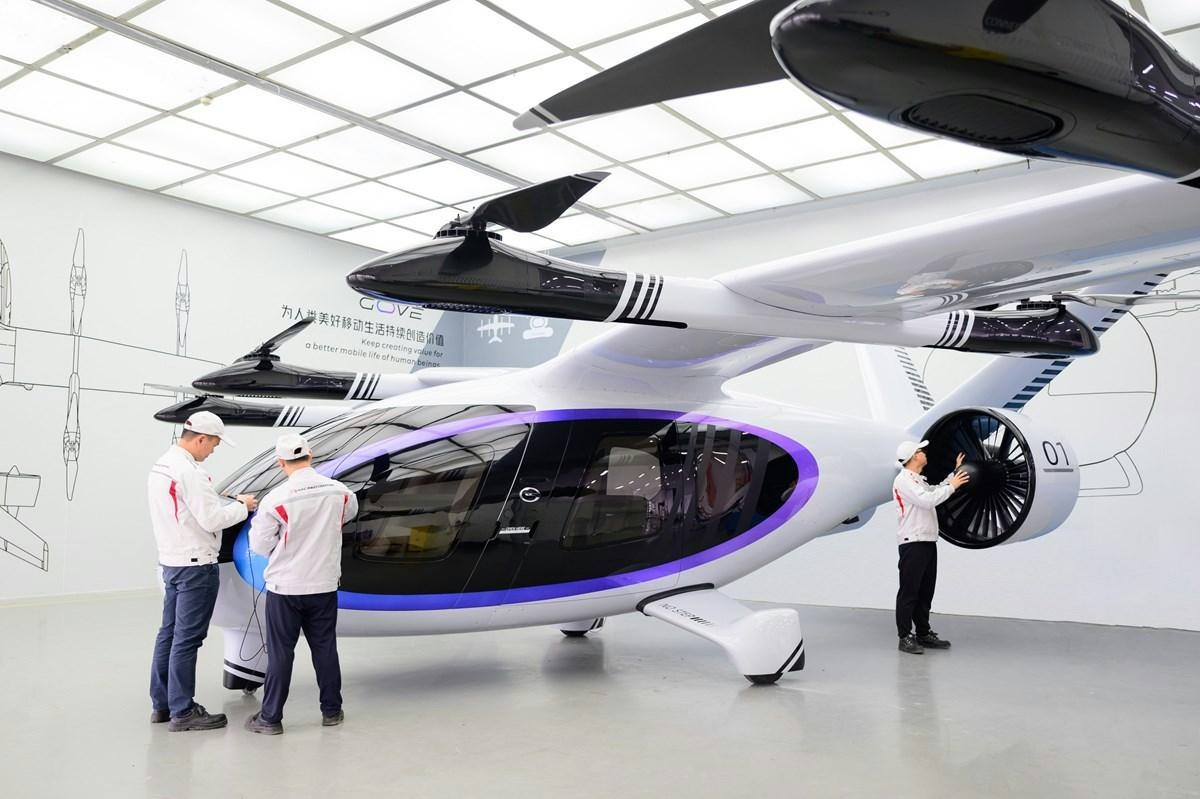
Flying Taxis and Self-Driving Trucks Expected by 2026: Key Transport Trends
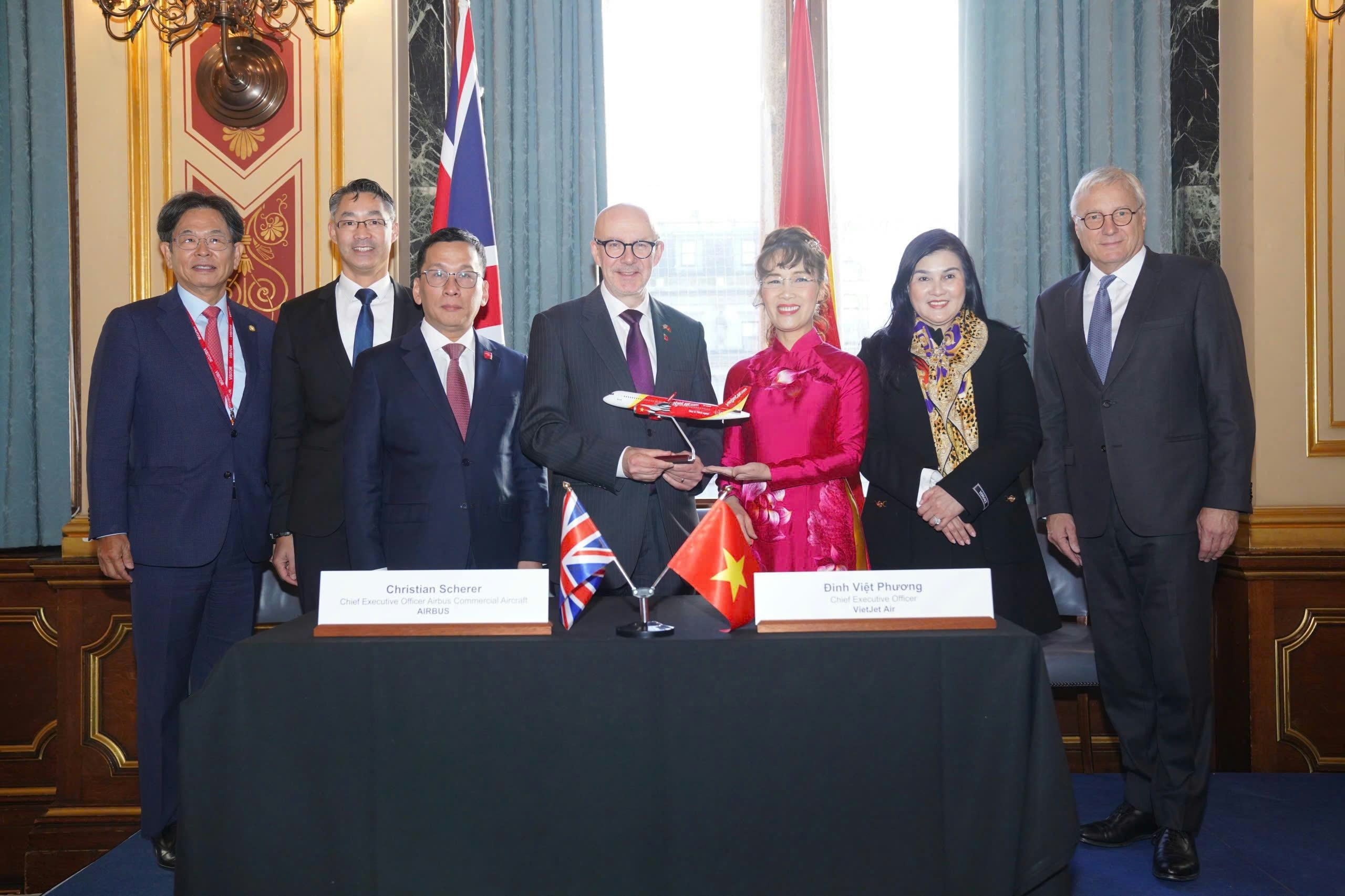
Vietjet Places Order for 100 Airbus A321neo Aircraft
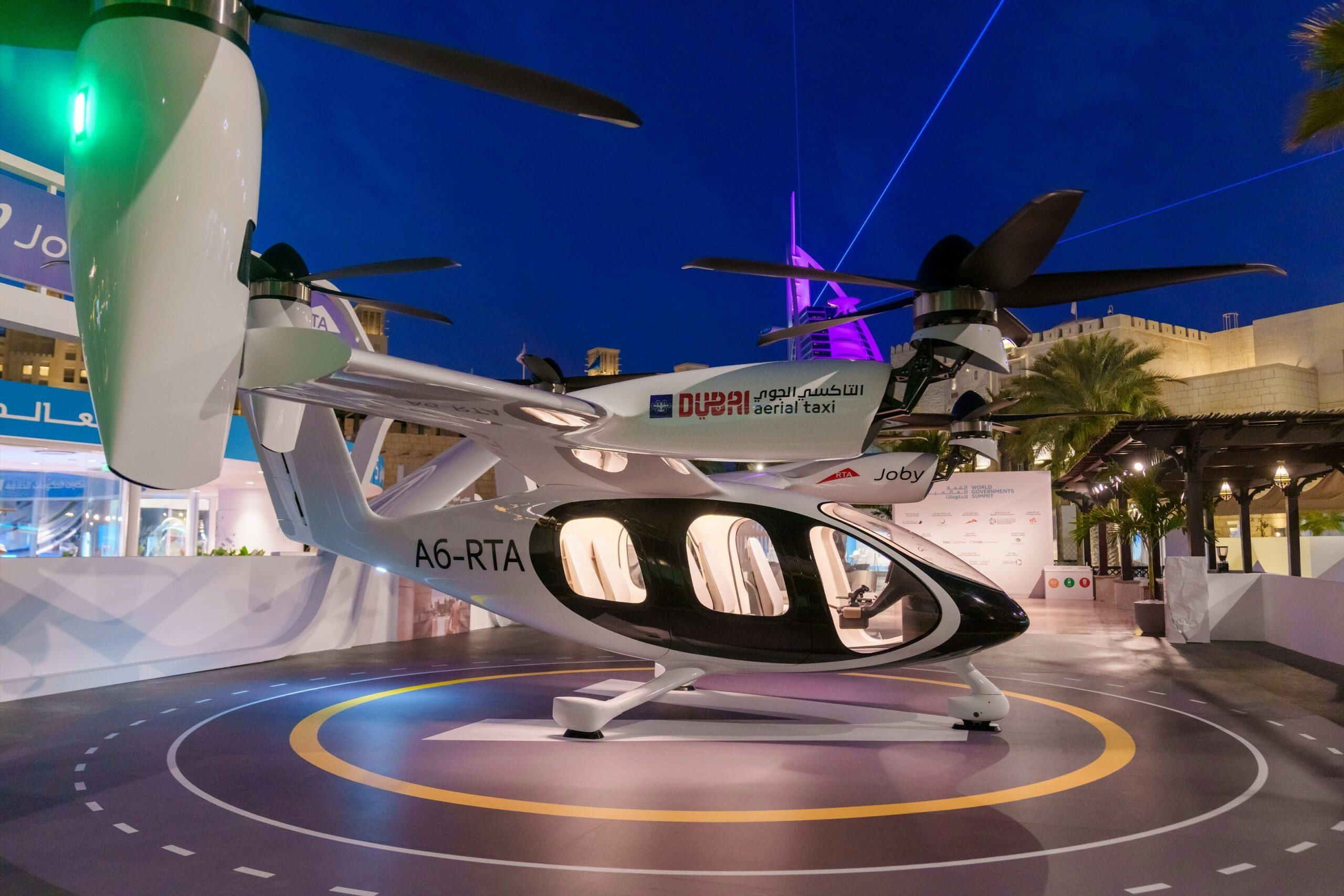
Joby Aviation Shares Rise 5.6% Following AI Partnership with NVIDIA
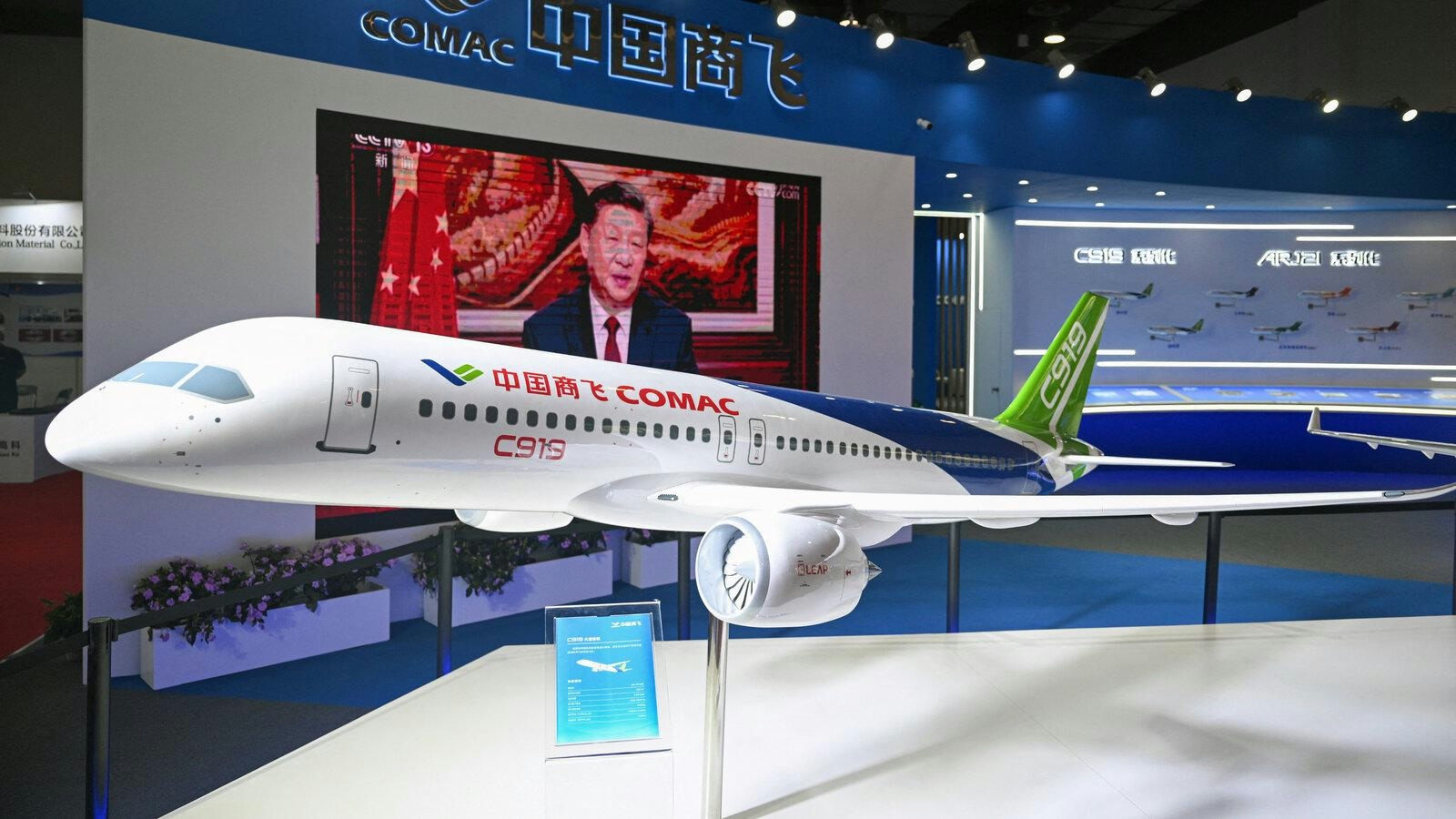
Malaysia Aviation Group Weighs COMAC C919 Amid Delivery Delays

Miami to Host AeroSummit 2026, Highlighting Aviation Innovation
